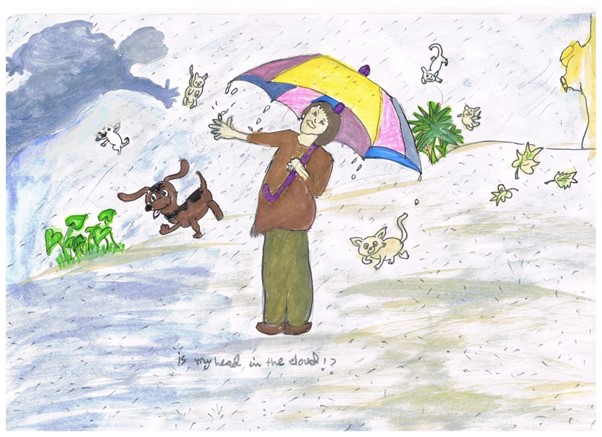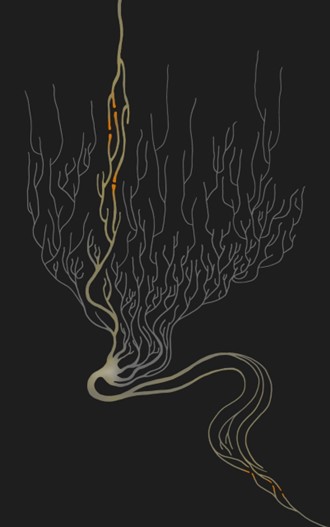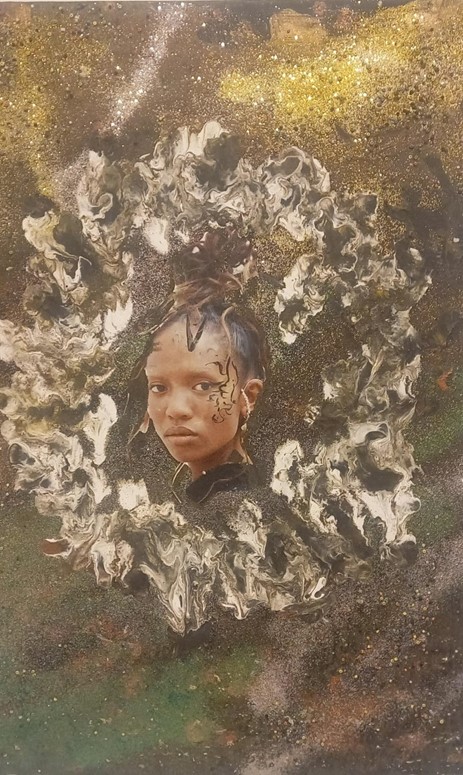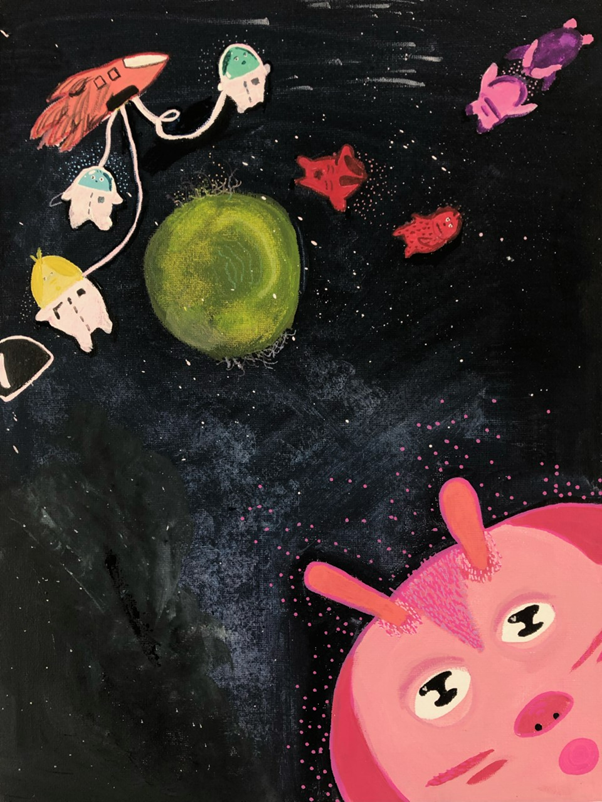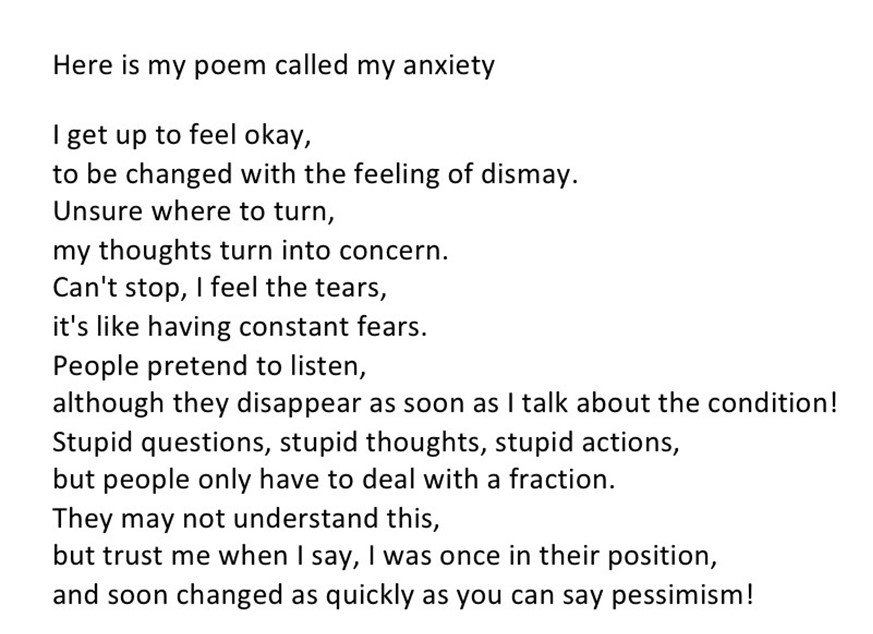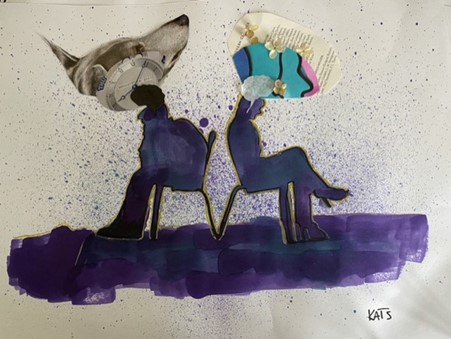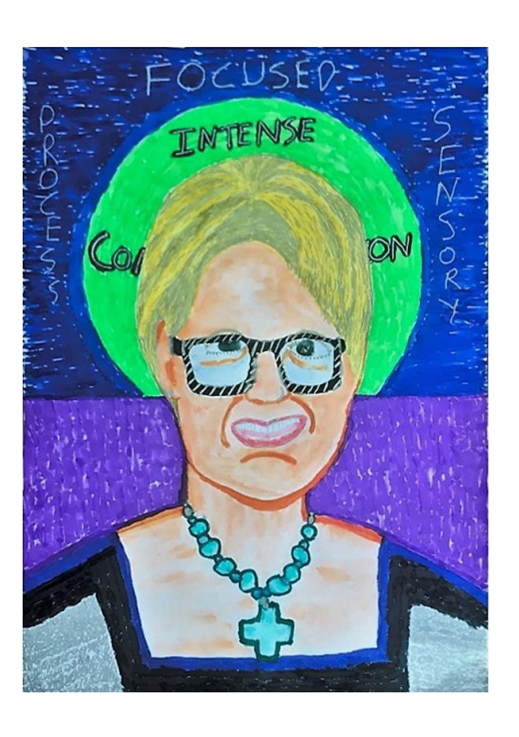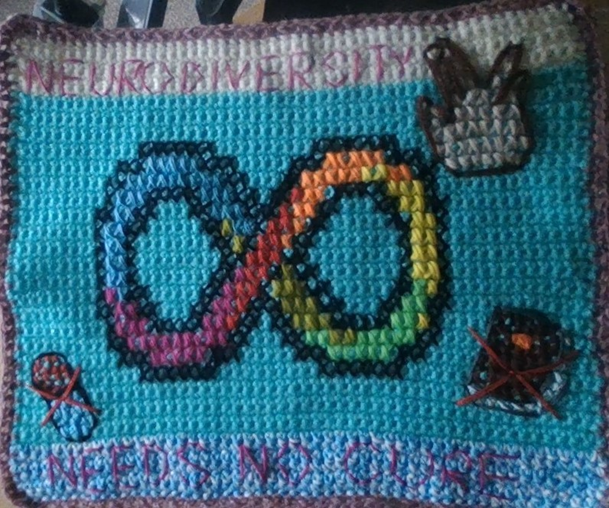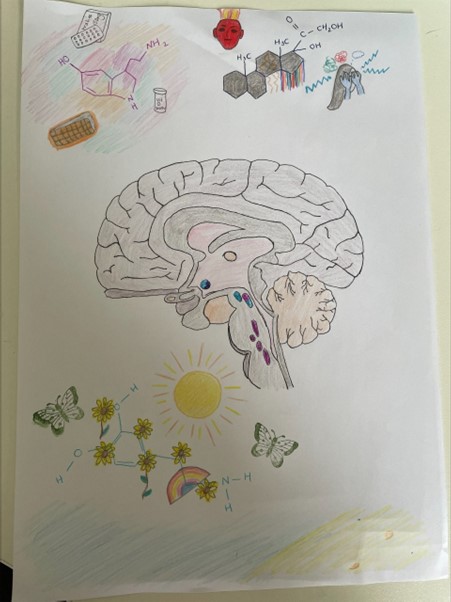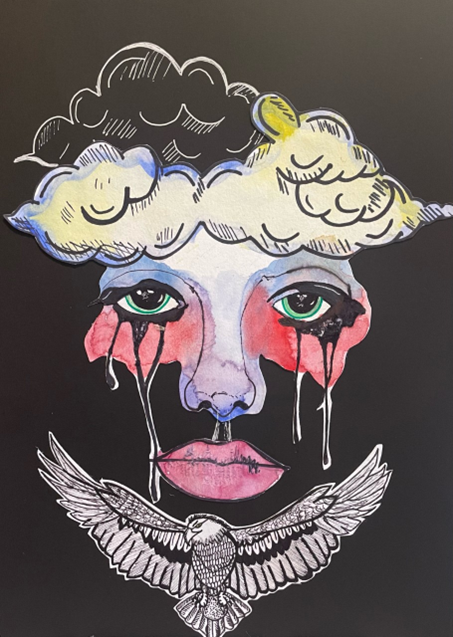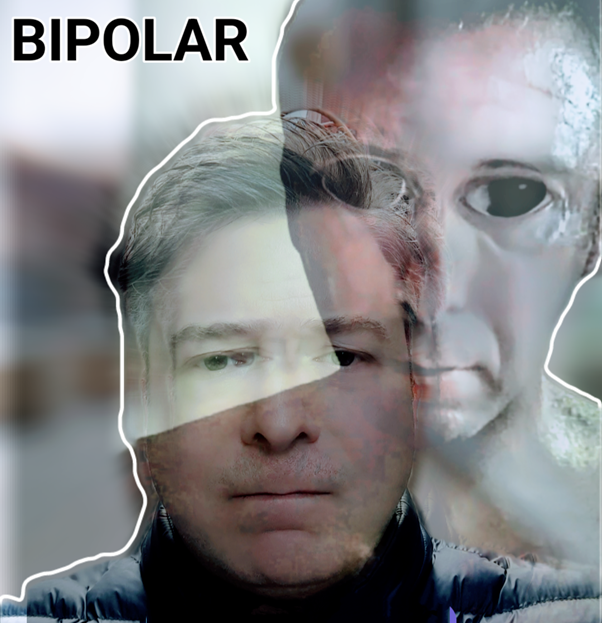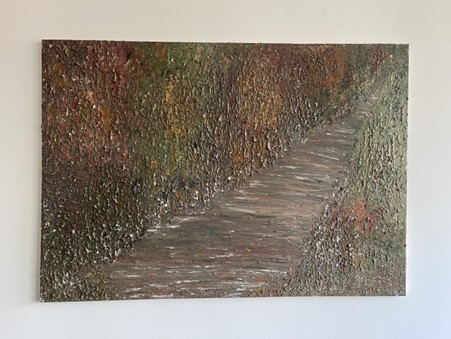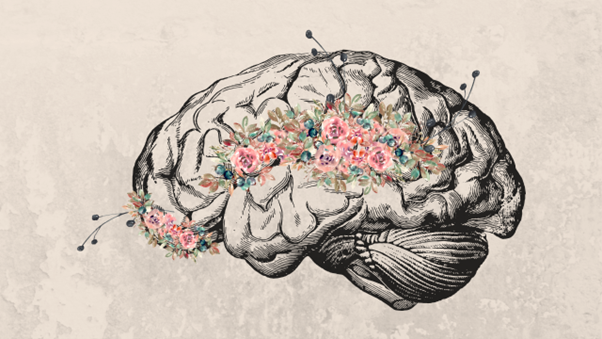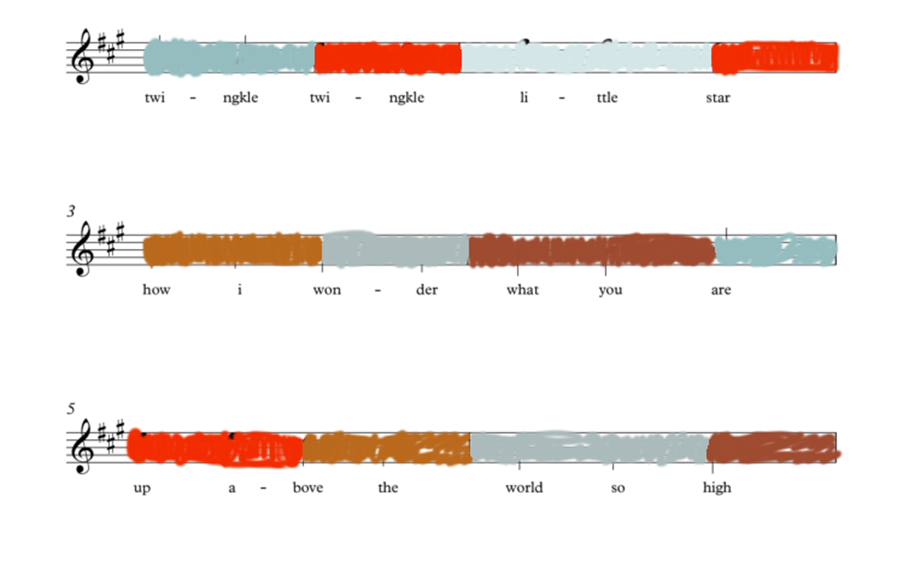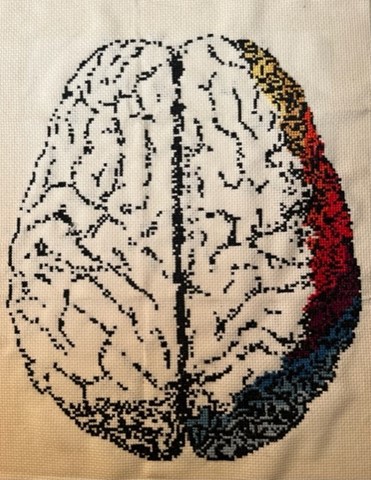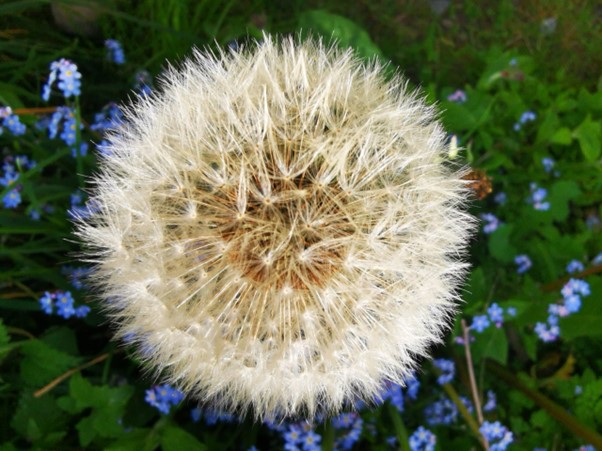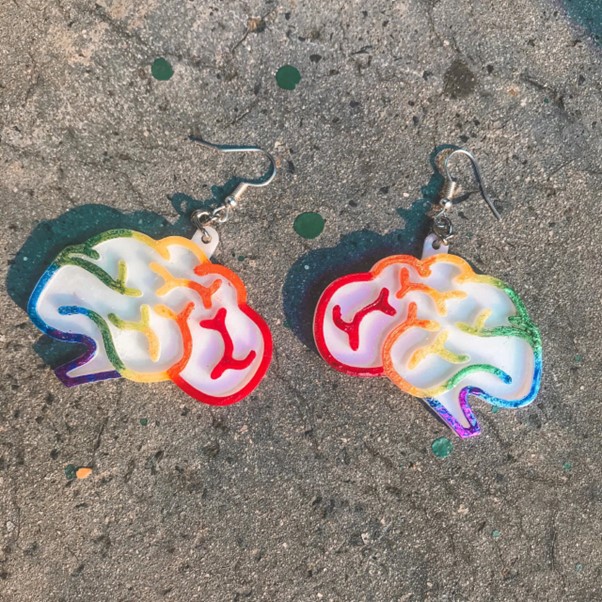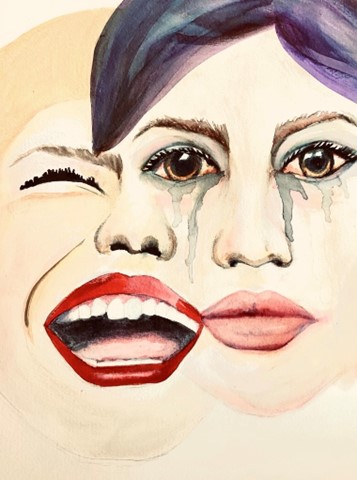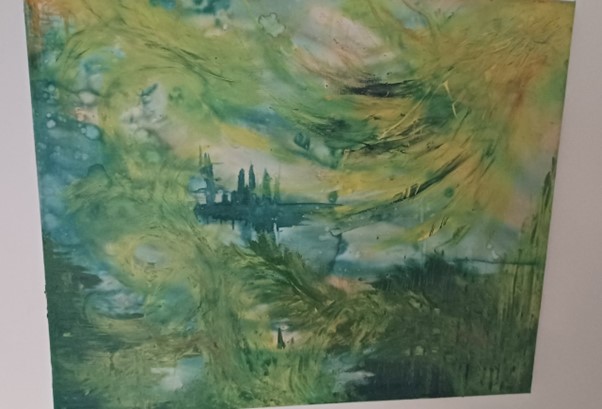Brain Awareness Week is a global campaign to foster public enthusiasm and support for brain science. This year's Brain Awareness Week and Neurodiversity Celebration Week both take place between March 13-19.
As a part of Arden University’s celebration of brain awareness and neurodiversity, we’ve invited Arden staff and students to submit artworks in line with the theme ‘communication, emotion, and my brain’ with complementary text explaining how the artwork fits the theme. You can see some of the submitted pieces below.
Three winners will be chosen from the submissions under the following categories:
- Most creative interpretation of the theme
- Best scientific representation of the theme
- Most aesthetic appeal
Student Submissions
Shaheda Khandokar
Winner of most creative interpretation of the theme
People with ASD can often have difficulty to integrate fragments of useful information or filter out the meaning from huge information sources to make sense for the brain. The rain represents ‘overloaded informations’ and the rain drops from the umbrella that are big visible and less is symbol of ‘understand’ shown by touch and feel,
Jokes, sarcasm, metaphors like ‘cats and dogs’ in the picture may appear misinterpreted to them because they generally are verbatim, often seem not having attention, avoiding or head in the clouds but infact making eye contact while listening or speaking or mind reading could be a big deal to their sensory network. ASD nerves can receive impulses with over or under sensitivity.
Autism is a condition where neurodevelopment occurs in a unusual form and affects much more the part of the brain that deals social behaviours. the maple trunk represents development, the person represents any gender, mere trifle leaf and maple leaf represents vaste geography and finally the cloud represents all the untold fact that can feel one of us, having the greater skill, many to say and wishing a lot to be together from their isolation! That they might express in a diverse way.
Laura Barbo
"A recurring thought"
Winner of best scientific representation of the theme.
This drawing depicts the path of a recurring thought. Neurologists believe that the more times a thought or some other neurological event happens, the more quickly it moves through the neurons. This suggests that it gets increasingly difficult to change obsessive thought patterns with time passing.
My journey towards better mental health has a lot to do with trying to change old thought patterns. From time to time, I discover some new attitudes or beliefs that are not helpful for the well-being of me or others. For example, I tend to believe the worst of others and myself, which might suggest I lack trust or self-confidence. I have tried to be less negatively critical of myself and others, but it’s challenging to catch myself criticising and then diverting my thoughts in a more positive and helpful direction. It is getting a bit easier with each time, so there might be hope for me :)
Klaudia Magdalena Karczewska
Winner of most aesthetic appeal
